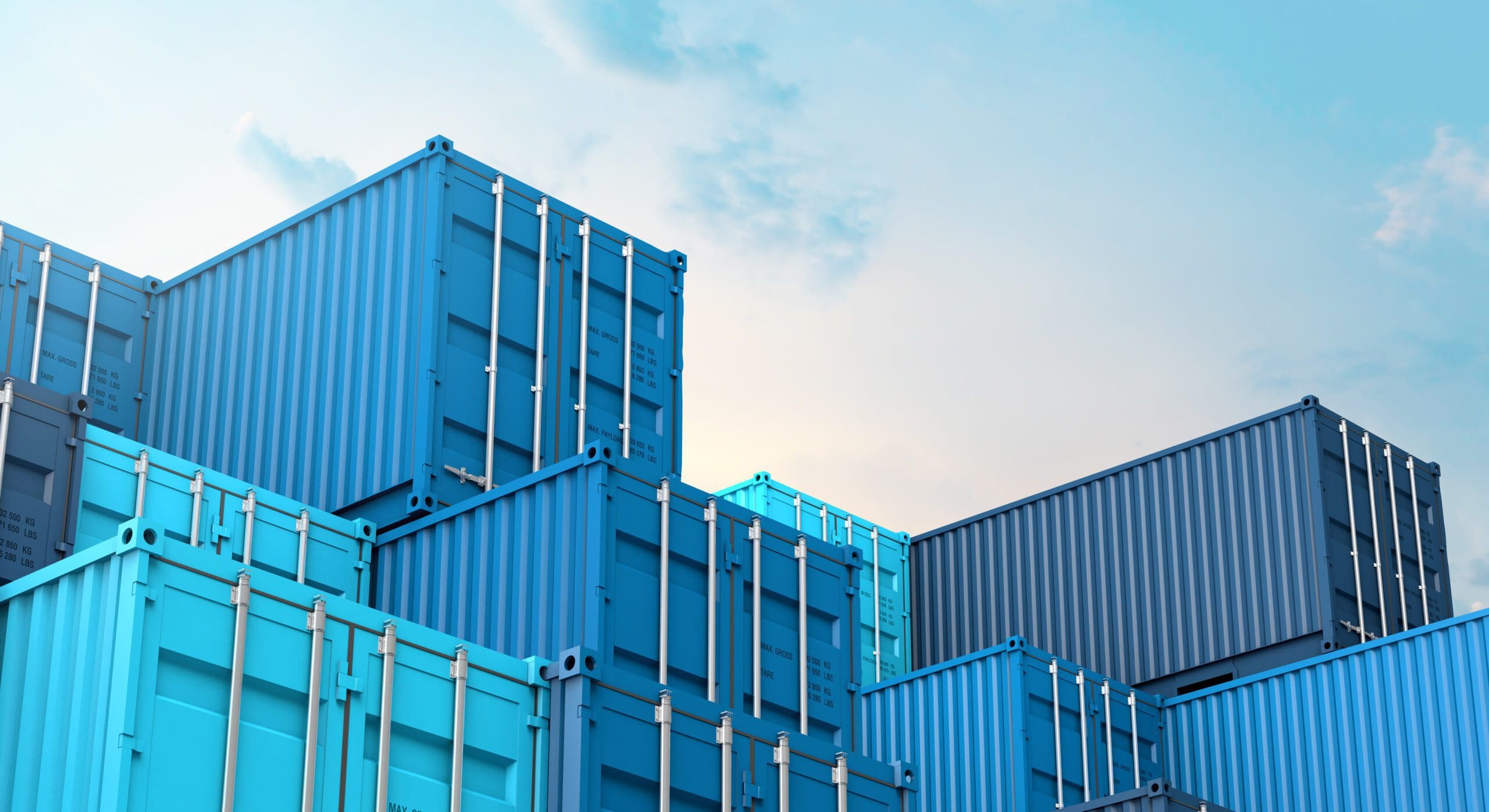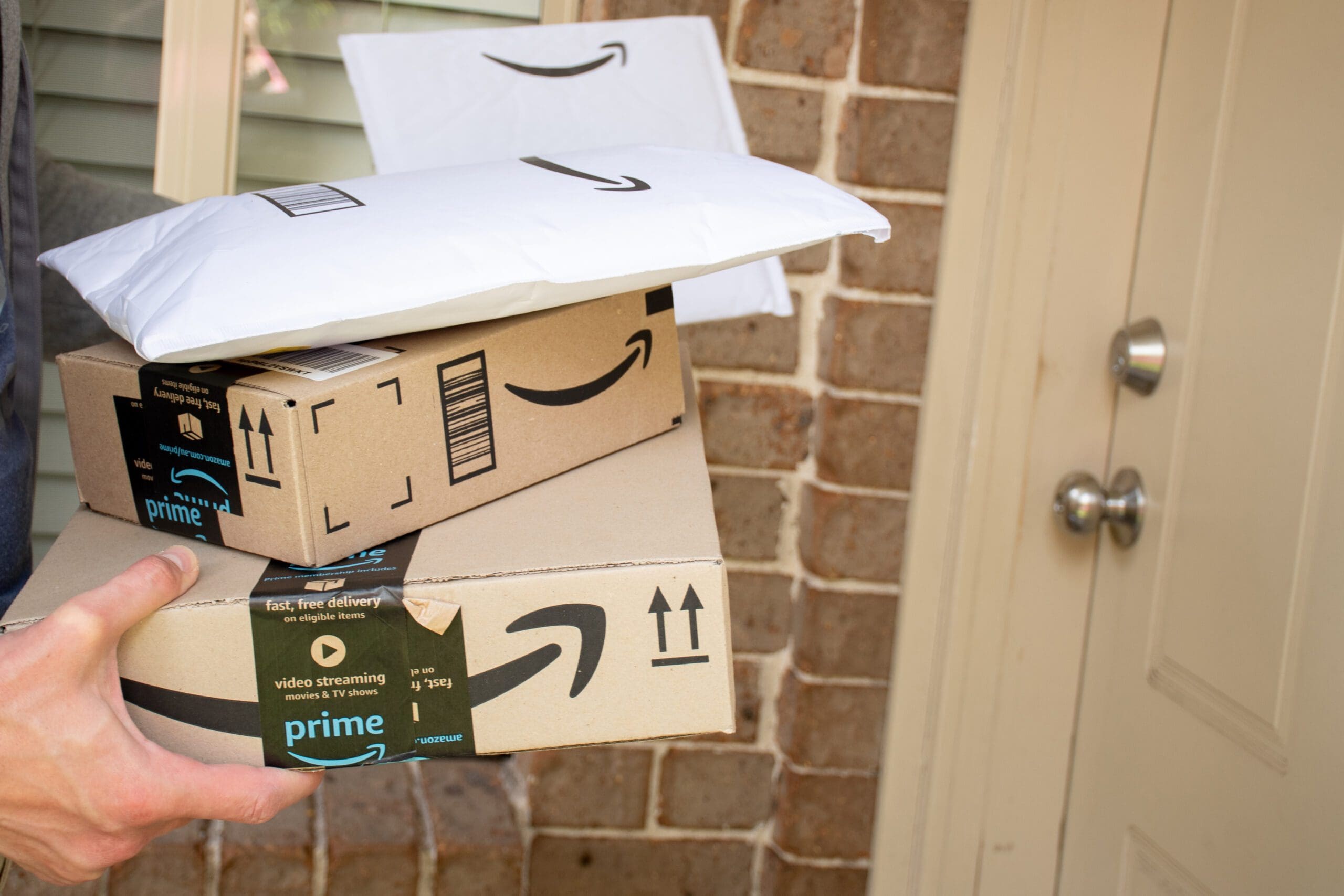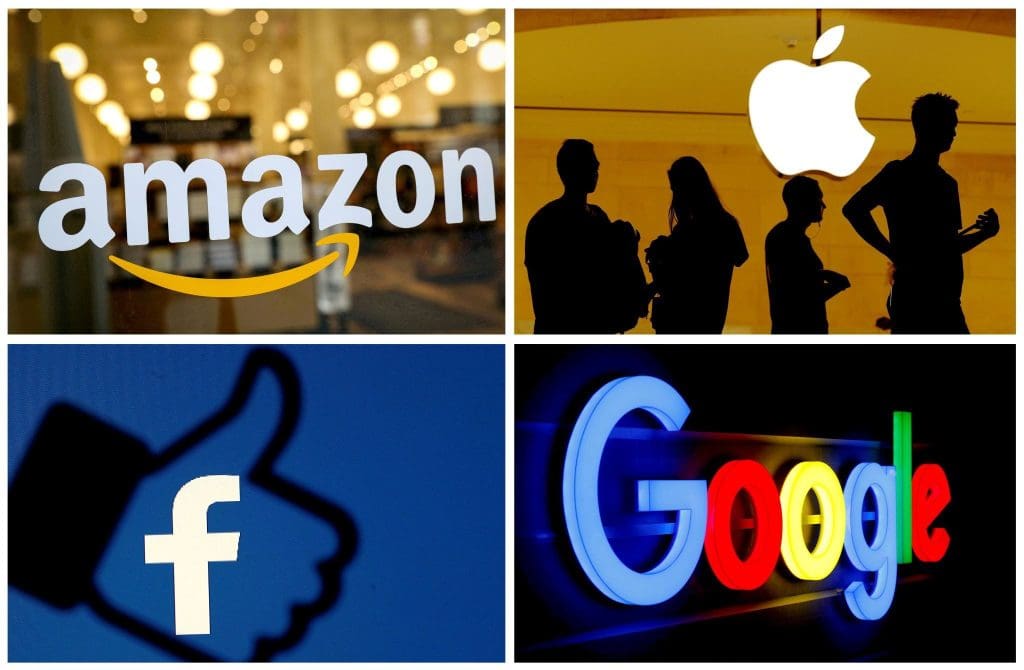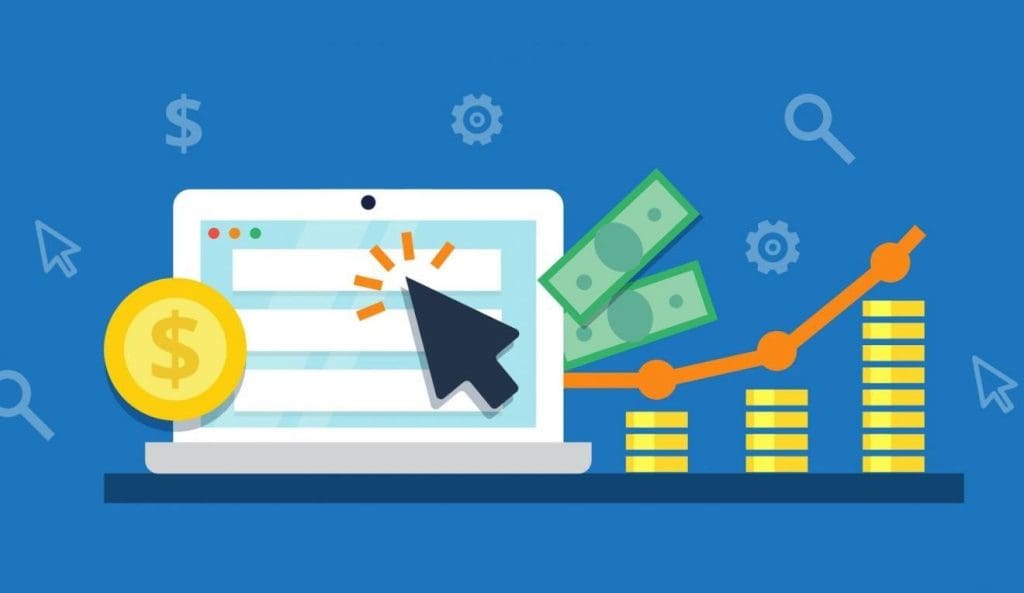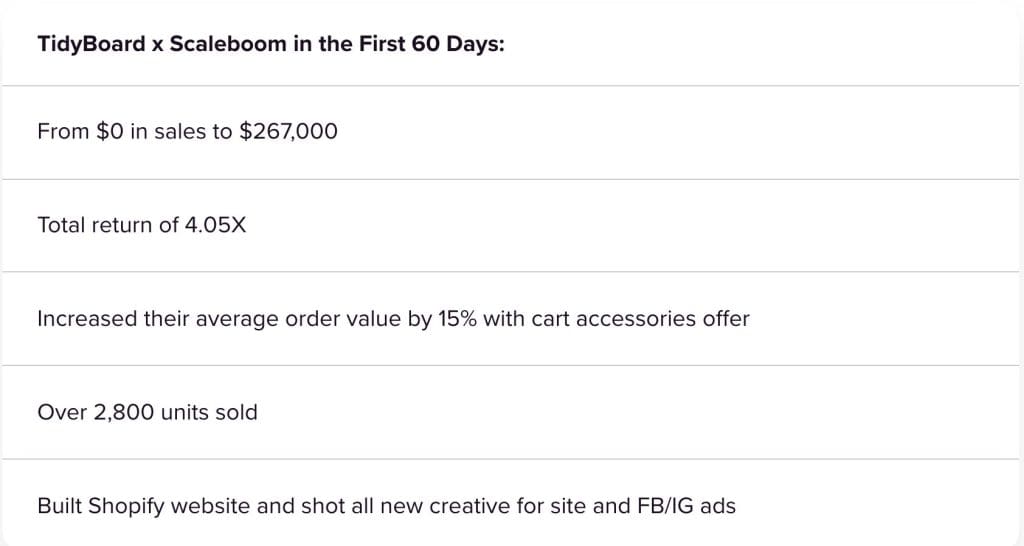According to Microsoft, a massive 95% of consumers consider customer service as important for brand loyalty, so much so that over 60% of consumers have left a brand and switched to a competitor because of poor customer service.
Good customer service is also very essential for customer retention and improving customer lifetime value as 89% of consumers are more likely to purchase again from your business if you give them a positive customer service experience.
In a very competitive business world, it is more than necessary to invest in customer service and do it right from the word go because you may not get many chances to make it right as about four out of every five customers will not forgive a bad experience with a business they rate its customer service as very poor.
Here: let’s look at some essential customer service tips to help you grow your eCommerce business in 2021;
Table of Contents
- Personalize Customer Experience
- Be Proactive With Follow-Ups
- Use Customer Feedback To Improve Experience
- Employ An Omnichannel or Multichannel channel Strategy
- Incorporate Live Chat Functionality
- Optimize Your Website
- Conclusion
1. Personalize Customer Experience

Photo credit: Sargis Zubov on Istockphoto.com
Besides training your customer service team to interact with customers, they must also learn how to engage and relate with them. Personalizing your customer experience can help you attract untold customer loyalty to your brand.
Maximize Customer Data Technologies
Ever thought about why modern email marketers always personalize messages like “Hey, Joe…”? It’s because they want to give them a human touch and stir up sentiments that would make you take action, inspired by the fact that they call you by your name and, of course, should have a good deal specially made for you.
Over 75% of consumers expect customer service agents to have visibility into their former interactions and purchases. Meanwhile, nearly 50% say agents only occasionally or rarely have the context they require to most efficiently and effectively solve their issue.
You can have better insight into your customers’ personalities and preferences through data gathered from their previous engagements or purchases. Bot Technology, location technologies, and various other solutions can help you gather pieces of information about a customer, treat them as individuals, and make them feel important.
Use location tracking software to know where they are and give them relevant details about delivery and your other business activities in that location. In addition, you can use the search history, favorite items info, or failed purchase data to personalize your customer service.
Pay Attention to Detail
Pay attention to the smallest details, even up to customers’ most insignificant comments and gestures (on voice and video services, respectively), and don’t act like they don’t exist! It will help your team to resolve customers’ problems better, satisfy them, and foster loyalty.
People will always be people. They don’t want another strict salesperson or service agent that only talks about sales and conversion: They’ve got that enough!
Take customer service outside the business terms and formalities: to have a rapport with your customers. That can form the basis of sentiments for which customers will remain married to your business, so to speak.
You could also offer a piece of information or two about yourself, find common grounds, and leverage shared interests and values. Doing that can help you to humanize the experience better.
Do what many other eCommerce businesses are not doing. Personalizing emails for your customers on their special events like birthdays and other anniversaries can also greatly add some human flavor to your rapport with them, remove pre-service prejudices, and increase satisfaction.
2. Be Proactive With Follow-Ups
There are several ways to be proactive with your follow-ups. They are described in detail below:
-
Follow Up Immediately After a Purchase
It is very important to reach out to customers within the day of their purchase or a few days later. This helps to make your brand or business remain evergreen in customers’ minds.
However, a lot of companies are not doing this. They mostly automatically send out deals and promos many weeks after purchase, and by that time, they are almost always late as customers may not receive such promos with enthusiasm.
Your free offers and best deals are most likely to garner more conversions if you present them when customers are still high in the euphoria of a fresh purchase. At such times, even if they don’t buy, they recommend the deals or products to others.
-
Follow Up Immediately After a Customer Service Engagement
Another way to keep customers engaged and evoke enthusiasm is by reaching out to them with a deal, discount, promo code, or reward points to thank them for engaging with your business.
For a customer to reach out to you, it means they want a better understanding of your business and its activities and want to connect better, and that must not be taken for granted. In the highly competitive business world, you want to end a customer service session on a positive and edifying note.
-
Follow up after An Issue Is Resolved
It’s often a common customer service mistake to put blame on customers or act like they are troubling you. Aside from the normal customer service ethics, it is imperative to reach out to them after a session as it assures them you didn’t just view their problem as another boring disturbance.
Reaching out after an issue has been resolved also helps you know whether they are satisfied with the service. You can achieve this through a feedback survey or an email to show the customer you value their satisfaction.
3. Use Customer Feedback To Improve Experience

Photo credit: Picture on Istockphoto.com
Requesting feedback should be one of your signature customer service activities. Whether positive or negative, feedback can help you make several adjustments that will result in better and more satisfying customer service.
You also need to measure your customer satisfaction to improve it. It helps you know whether the customer was satisfied and whether the interaction with them was successful.
Various methods can help you measure customer satisfaction. However, most businesses use the CSAT (Customer Satisfaction Score) because of how simple it is.
The CSAT is commonly used in customer satisfaction surveys, and it often includes the question about how satisfied a customer is with an experience, usually on a scale of 1-5 or 1-10. Customer feedback can help you save, as you’d know where to invest in and from where to reduce or retract your focus.
It also helps you know what your customers are thinking about your brand and products and arms you with relevant knowledge to make a difference.
Also, the NPS (Net Promoter Score) can help you know the likelihood of your customers recommending your business to others.
4. Employ An Omnichannel or Multichannel channel Strategy

Photo Credit: Blue Planet Studio from Istockphoto.com
An Invespcro statistic showed that businesses that operate omnichannel customer engagement systems retain 89% of their customers in contrast to a 33% retention rate for businesses with weak omnichannel systems.
Customers can be very volatile with their engagement and shopping preferences, and that can make them want to engage on a channel different from the one they used previously. Besides, customers’ preferences differ; one may prefer one channel to another, which necessitates a multichannel strategy.
A Multichannel engagement system allows you to interact with your customers using different channels, managed separately and with their respective strategies. However, omnichannel systems help to make sure the customers efficiently purchase items or connect with service agents.
For your customers to patronize your eCommerce business, it means they are very likely to be active across various social media channels. You’ve got to be there too! The idea is to be available—to be as close to your customers where they are.
What’s quite ridiculous is that more than 35% of customers expect to be able to reach out to the same customer service agent on any channel. However, it further gives credence to how invaluable a multichannel or omnichannel strategy can be.
Your business can greatly increase conversions through omnichannel marketing. After establishing your channels for contact, you must make your customers aware that they can reach you through those channels, and you must aim to provide top-notch customer service across all your channels.
5. Incorporate Live Chat Functionality

Photo credit: Ridofranz from Istockphoto.com
Live chat is now the top digital contact method for customers online, as a huge 46% of customers prefer live chat while just 29% prefer email, and 16%, social media.
Every modern eCommerce business should aim towards having a live chat system on its website to enhance communication with customers. That’s especially because incorporating live chat on your website helps you communicate with customers in real-time.
Live chat tools can help your sales team to connect with prospective customers as they browse your website. Your team can use them to get prospects to take action when they are still most enthusiastic about a product.
In addition, it creates another convenient channel through which you can reach out to people and vice versa—one that is on 24/7 and even AI-enabled, if you so desire.
CrazyEgg revealed that a good 38% of consumers have a greater likelihood to buy from a company that offers live chat support. Meanwhile, according to Emarketer’s discovery, 63% of customers had a greater likelihood to return to a website that incorporates live chat.
Patience is not a very common virtue among eCommerce buyers on average. They value their convenience and instant gratification such that they find a product quickly, place an order in a second, and expect it to be at their doorstep in a jiffy. And that’s why live chat tools are the closest match to such impatience.
According to Forrester, there was a 10% average order value increase in sales to customers who engaged in a chat before purchasing than those who did not. It’s also been found by ICMI that website visitors who engage with your business through live chat are 4.5 times worth more than those who don’t.
Another beautiful part of live chat is that it allows you to respond to as many as six customers at the same time—which cannot be said about the phone and email support with which you can only respond to customers one at a time.
However, suppose your eCommerce website is yet to have a dedicated support team. In that case, you can still use live chat and integrate them with chatbots to keep assisting and engaging customers until an agent is available.
6. Optimize Your Website

Photo credit: Milindri from Istockphoto.com
Here are several ways you can optimize your eCommerce website and checkout process to enhance customer support and achieve your business goals:
-
Have a User-Friendly Website
According to a study, 94% of negative website feedback was related to design. Your website must be easy to navigate for customers to enjoy their experience while browsing through your catalog for what they want.
You may like to know that a whopping 88% of customers online are less likely to revisit a website after a poor experience. That only validates the fact the internet may hand you many things but a second chance.
Work with professionals to build a well-organized eCommerce site that’s consistent with the latest trends. Leverage the most recent tools to make it aesthetically appealing and update it from time to time.
Want to see from customers’ eyes? Deploy a survey, or use review tools to know what your customers feel and what you may want to modify.
In 2018 alone, mobile eCommerce revenue constituted 50% of total e-commerce revenue in the U.S. Furthermore, a staggering 85% of adults expect the view of a company’s website on mobile to be as good or better on desktop.
Your mobile site experience must be tailored to meet customers’ mobile expectations, or at least come close. Reduce as many annoying pop-ups as you can, enable autofill across browsers, and scrap some unnecessary fields to enhance faster loading.
In the end, it’s all about making things easier and faster for your customers, and it pays off in greater brand loyalty and revenue.
-
Streamline Your Checkout Process
It may be extreme that 23% of online buyers would abandon their shopping cart if they need to create a new user account—because most eCommerce stores require that. However, it shows you that customers resent the least bit of stress during checkouts.
The checkout process on your eCommerce site should be made as simple as possible so that customers wind up on a positive note. Payments must be secure, and the shopping cart should be accessible from any page.
Quick takeaway: You may like to be as considerate as possible with your shipping and handling costs because, according to the North American Technographics Retail Online Survey, 44% of your customers would abandon their shopping carts due to high shipping and handling costs.
In addition, you can create a more comprehensive payment system to accommodate different customers’ preferred payment options.
Generally, an optimized website and a streamlined checkout process can reduce the number of complaints received by your customer service agents and, instead, increase satisfaction.
Conclusion
The success of your eCommerce business in 2021 greatly depends on good customer service. Carefully and consistently practice all the customer tips listed above and watch your business transition to the brighter side. Congrats in advance!
This is a guest post from ARKA. Arka provides branded and unbranded boxes at the lowest prices and FAST, making it a one-stop shop for all your custom packaging needs. Just hop over to www.arka.com to get your boxes! P.S. you can order as few as 10 boxes with a dedicated designer on standby!

